Powdery mildew is one of the most significant plant fungal diseases that cause a great nightmare to plant growers and gardeners. The white patches of fine powders dropped on plant leaves, stems, and fruits can ruin the plant’s aesthetics and quality of the harvest, especially when left untreated.
But does baking soda kill powdery mildew? Baking soda has a lot of amazing properties that make it highly beneficial to plants, especially in getting rid of powdery mildew and other diseases.
Let’s get started to understanding the benefits of baking soda to plants and the science behind it.
Table of Contents
What is Baking Soda?
Baking soda, also known as sodium bicarbonate or bicarbonate of soda, is a white alkaline powder that is made from deposits formed from the evaporation of salt lakes. It is, therefore, safe to say that baking soda is a by-product of salt and is used for a wide range of purposes.
Baking soda, due to its alkalinity, is useful as an antifungal agent, as a leavening product for cooking and baking, as a teeth whitening agent and as a relieving agent for indigestion.
Baking soda is non-toxic to plants, humans, and mammals. It is cheap and readily available at grocery stores.
Read Also : What Causes White Powdery Mildew?
Does Baking Soda Kill Powdery Mildew?
Fungi cause powdery mildew, and baking soda does not kill fungi; instead, it creates a pH condition that inhibits their growth.
In getting rid of powdery mildew and other fungal diseases, baking soda is used as a preventive agent rather than a full treatment curative agent. Regular use of baking soda on plants can reduce to a great extent, the incidence of powdery mildew and its effects on infected plants.
Powdery mildew affects all plants, but some plants are highly susceptible to others. These highly susceptible plants should be sprayed weekly with baking soda solution, especially during seasons of high humidity to keep them safe from powdery mildew.
How to Make Baking Soda Spray for Powdery Mildew
To make baking soda spray for ridding plants of powdery mildew, you will need the following:
- A bucket
- Two measuring spoons
- A backpack sprayer or spray can
- Liquid washing soap
- Vegetable oil
- Cloves of garlic
- A funnel
- Gardening gloves
Directions:
Fill a bucket with two quarts of warm water or cold water from a hose. Warm water will help the baking soda dissolve faster. Using one of the measuring spoons, measure out two spoons full of baking soda and pour it into the bucket of water.
Add a few drops of liquid washing soap into it and stir. The liquid soap is added to enable the solution to stick to plants and help ward off pests, as well.
At this point, if you want your baking soda solution to be broad-spectrum, you may add a handful of diced garlic and about one-third cup of vegetable oil to the solution.
Garlic has antifungal properties but must strain out of the solution before adding the vegetable oil or any other ingredient you may wish to add. Vegetable oil is added to help the baking soda solution act as a barrier to fungal spores on plants’ surfaces.
How to spray baking soda to kill powdery mildew
Plants are best sprayed with baking soda solution in the mornings, to enable the sprayed plant parts to dry properly before night falls.
Spray an excessive amount of baking soda to plant parts, especially on the foliages until every surface of the plant drip of the solution.
Repeat the procedure every week until powdery mildew disappears completely. Also, spray plants after each rainfall, because fungi that cause powdery mildew grow in humid conditions.
Read Also: How to Remove White Fungus on Palm Trees
Conclusion
Baking soda does not kill powdery mildew; instead, it inhibits its growth and prevents any further damages to the infected plants. When sprayed regularly on healthy plants, baking soda reduces the chances of the plants getting infected with powdery mildew.
Spraying soils that surround infected plants also help get rid of fungal spores that are soil-borne and hidden in surrounding dirt.

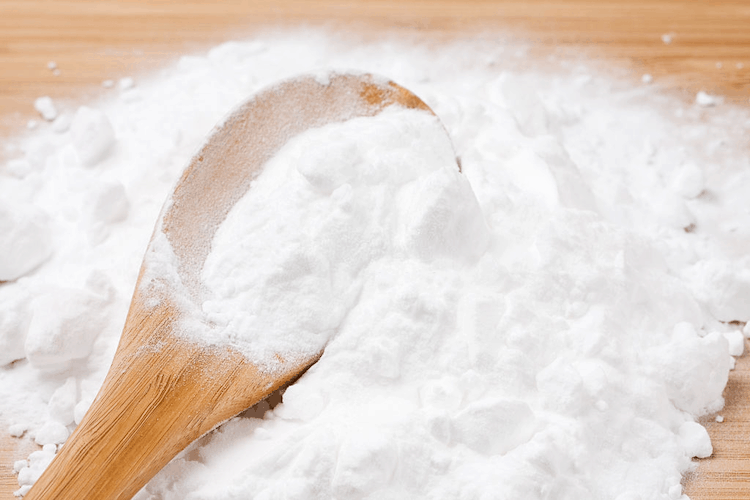
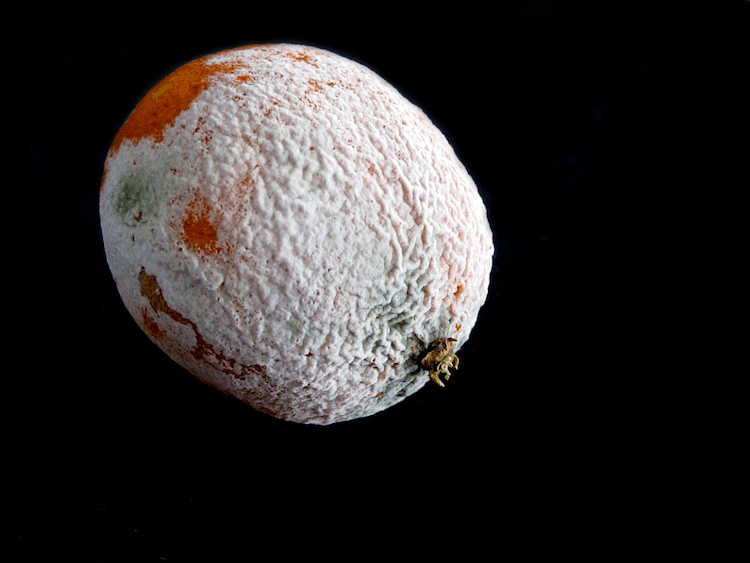
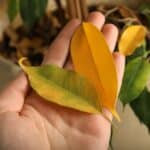
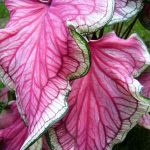
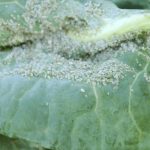
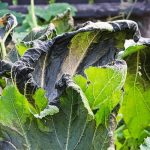
Leave a Reply